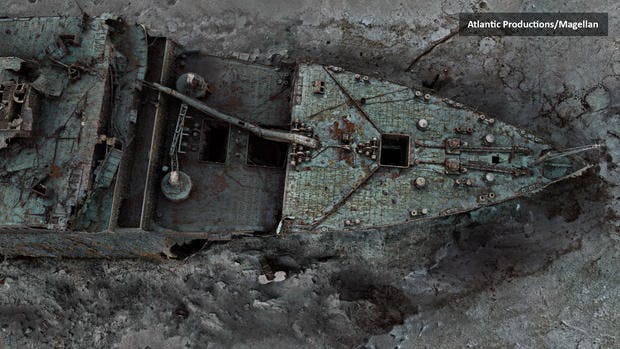

Marconi wireless operator Jack Phillips took down a detailed ship’s message pinpointing the location of heavy pack ice and a great number of bergs, but Phillips, busy sending passengers’ personal messages, apparently did not show it to any officer. Although there are no exact measurements, it's reported to have been anywhere from 50 to 100 feet tall and the length to be at 200 to 400 feet. By 7:30 p.m., the Titanic had received five warnings from nearby ships. The first full-sized digital scan offers what experts call a game-changing view. In the decades since, the tragedy has acquired a vast history and mythology as people seek to account for the loss of the "unsinkable" ship on its maiden voyage. The Coast Guard writes that it's believed that the iceberg that hit the Titanic was massive. The Titanic wreck is hard to reach and harder to capture, with most images showing just a section at a time. "1912 is not an exceptional year."Īfter a glancing collision with an estimated 325-foot (100 meters) wide iceberg, the Titanic broke into two pieces and sank. On the night of April 14, 1912, the ship collided with an. "I think the question of whether this was an unusual year has been laid to rest," said Grant Bigg, an environmental scientist at the University of Sheffield and lead author of a study published Thursday in the journal Weather. The Titanic set sail in a year when sea-ice transport and iceberg calving rates were high, but not exceptionally so. The Titanic was a marvel of engineering and luxury, but it was also a disaster waiting to happen. This photo is said to show the iceberg that the Titanic ran up against. The RMS Titanic sank to the bottom of the North Atlantic in 1912, but the fate of the ship and its passengers has fascinated the popular imagination for more than a century.

Instead, a computer model suggests that one of the glaciers at Greenland's southern tip released the iceberg that hit the Titanic on April 14, 1912, drowning more than 1,500 people in the frigid ocean. The findings also contradict a popular notion that the Jakobshavn Isbrae glacier on Greenland's west coast gave birth to the Titanic's deadly 'berg. While news of the Titanic tragedy tapped along the wires, the iceberg that sank the ship floated on.


 0 kommentar(er)
0 kommentar(er)
